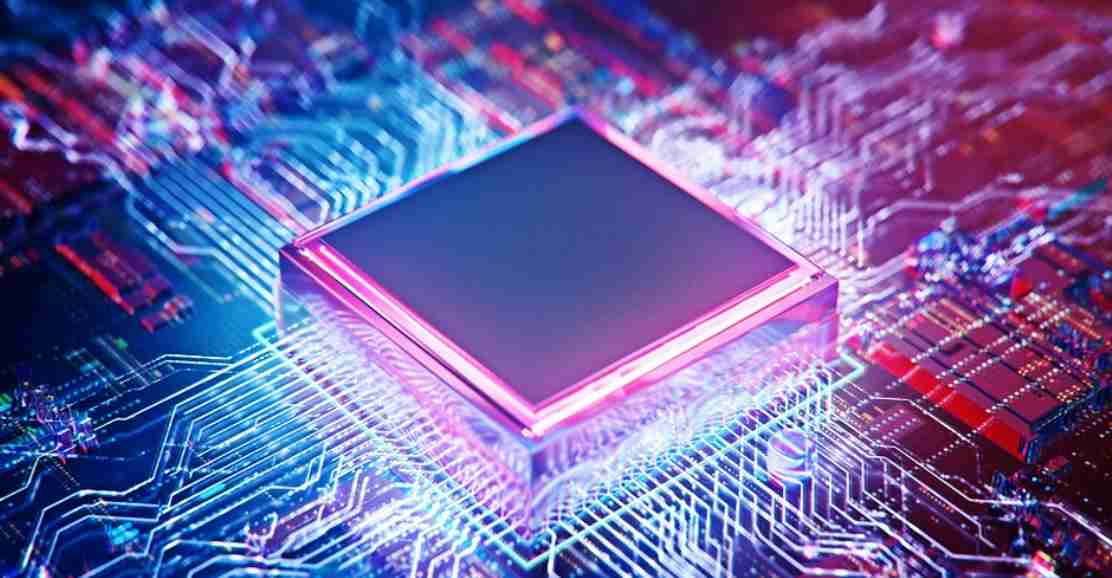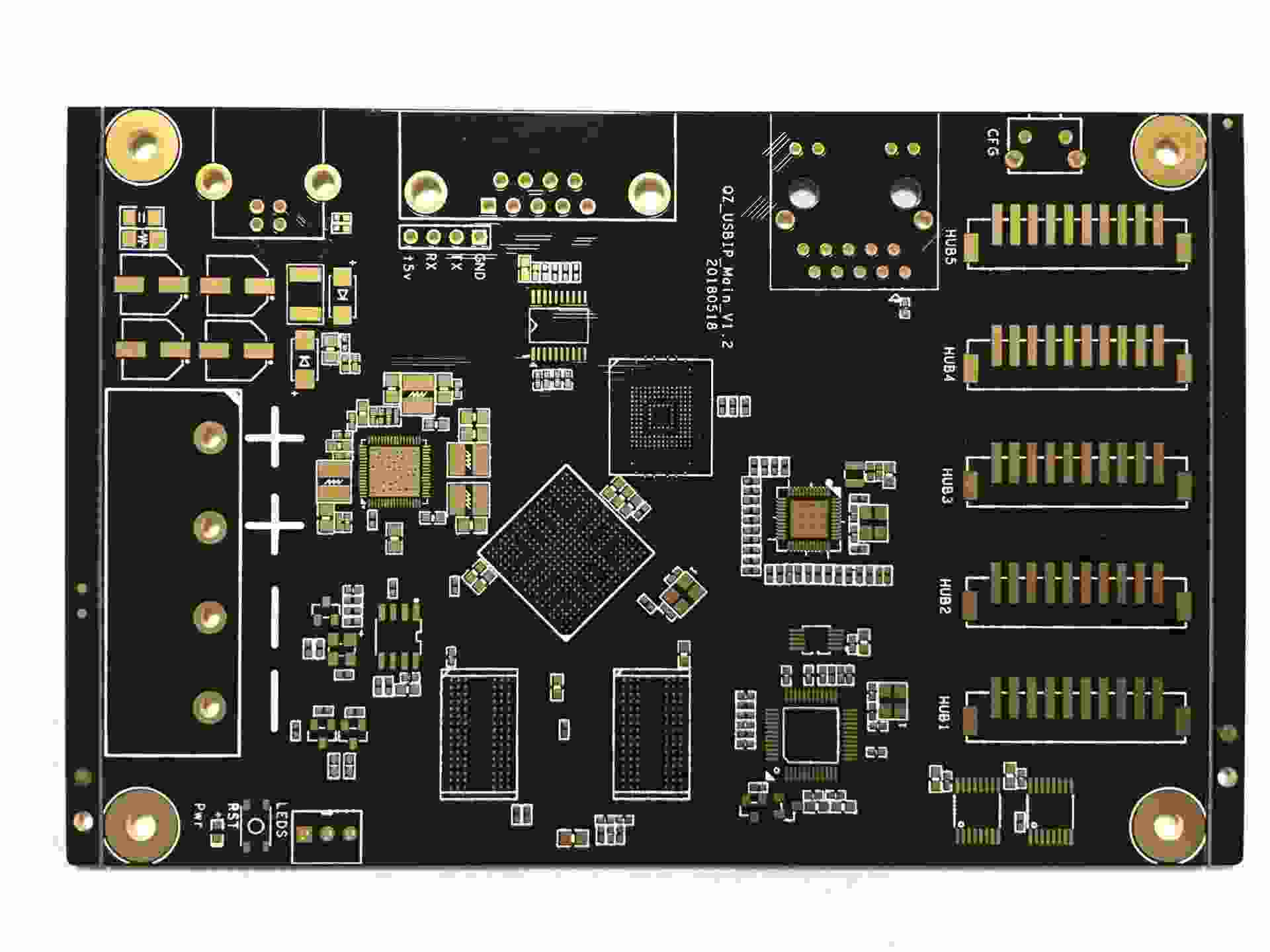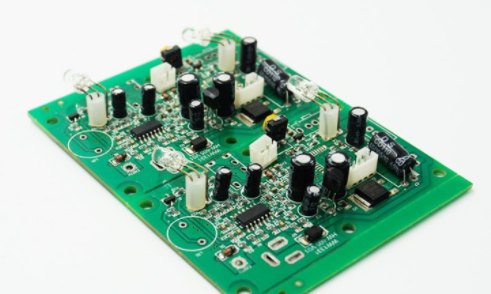
With the development of printed circuit boards towards high precision, thin, multi-layer, small hole direction, the demand for circuit boards is also growing, but many friends are not very clear about some types of circuit boards.
1, single side circuit board
A single-sided printed circuit board consists of only one layer of substrate. One end of the substrate is coated with a thin layer of metal, usually copper, because it is a good electrical conductor. Typically, the protective welding mask is located on the peak of the copper layer, and the final screen coating can be applied to the top to mark the plate's elements.
The PCB consists of a single variety of circuits and electronic components. This type of module is best suited for light-hearted electronics, and beginners usually design and build this type of circuit board first. The cost of these boards is lower than that of mass production compared to other types of boards. But despite their low cost, they are rarely used due to their own design limitations.
2, double-sided circuit board
This type of PCB is more familiar than a single panel. Both sides of the PCB substrate include metal conductive layers, and components are attached to both sides. The holes in the PCB allow the circuit on a single circuit to connect to the circuit on the other side.
These boards are used to connect the circuits on each side through one of two techniques: through hole and surface mount techniques. The through-hole technique allows small wires (through holes) to be called leads and each end to be welded to the appropriate part.
Surface Mount Technology, unlike through - hole technology, does not use wires. In this place, many small pencils are welded directly to the board. Surface mount technology allows many circuits to be completed in a smaller space on the board, which means the board can perform more functions, often with less weight and faster speeds than a through-hole board.

3, multilayer circuit board
These PCBS further expand the density and complexity of PCB designs by adding additional layers in addition to the top and bottom layers seen in double-sided configurations. With multiple levels of accessibility in multilayer PCB configurations, multilayer PCBS enable designers to produce very chunky and highly composite designs.
The additional layer used in this design is the power plane, both of which provide the power supply to the circuit and also reduce the level of electromagnetic interference emitted by the design. Lower EMI levels are obtained by placing the signal level in the middle of the power plane.
4, rigid circuit board
In addition to having different layers and sides, printed circuit boards can also change inflexibility. Most customers usually consider inflexible PCBS when they picture boards. Rigid Printed Circuit Boards use solid rigid substrates, such as fiberglass, to keep the board twisted. The motherboard inside a computer tower is the best example of an inflexible PCB.
Usually, the substrate in a flexible plate is a flexible plastic. This basic material allows the board to fit into a form where the unbent board cannot be turned or moved during use without affecting the circuit on the printed board.
Although flexible boards tend to plan and create more functionality than hard PCBS, they have many advantages. For example, they can restore heavy or bulky wiring in advanced gears like satellites, where weight and space matter. Flex boards are also available in three formats, namely single-sided, double-sided, or multilayer formats.
Rigid flexible board combines the technology of flexible and rigid circuit boards. A simple rigid flexible board includes a rigid circuit board connected to a Flexible circuit board. These boards can be more complex if design requirements require it.






